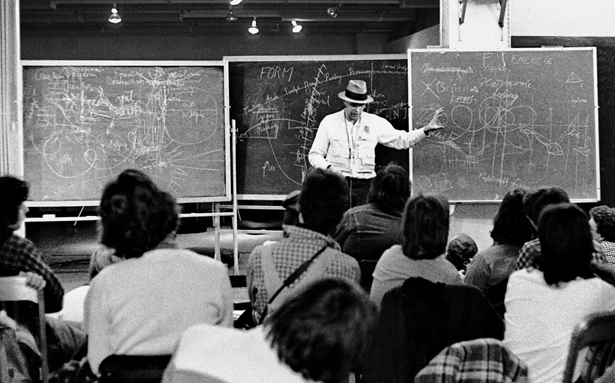Some Observations on COVID-19, Teaching and Trauma-feeding 13/04/20
How the University Must Protect Its Audience as Well as Its Students
While I was recovering from COVID-19, whenever I would briefly login to my email account to see how my colleagues at Chelsea College of Arts were reacting to the pandemic, I would find that they were planning to integrate thinking about the virus into the teaching program. It’s important for practitioners (I’m including students in this term) to reflect on and react to whatever is occurring around them, even if this process is mainly intuitive and becomes the job of the critic to excavate the precise meaning later. However, due to the severity of current circumstances, it’s also important to think of the negative aspects of actively guiding students to engage with the pandemic in their work. It’s vitally important to the think about student’s psychological wellbeing while producing the work, and also the psychological impact it may have on a prospective audience.
Firstly, let’s explore the student’s wellbeing in this scenario. While it’s an interesting proposition to guide students into exploring the virus through creative work, primarily based on the well-understood presumption that artistic thinking and production allows for an articulate of complex thoughts and emotions, it’s also good practice to consider the opposite. Depending on the personality traits of the student (and any other underlying issues), instead of helping them increase their understanding of the virus and the impacts around it, it may also compound their confusion and further truncate feelings typical of people in self isolation. In this instance it may be better for certain students to use their work as a form of escape and not consider the virus consciously at all — ideas around COVID-19 would then enter the work via osmosis rather than a conscious act that could later increase resultant trauma.
All these factors are further complicated by how we are working in different time zones, both those of clock time and the time frame of the virus itself. Here, we need to be aware of the fact that we are still in self-isolation and we may well be talking to people coming out of it (and a multiplicity of other unsynchronised timelines). These differences are important. When within a traumatic event it’s difficult to process the situation, and therefore this will shade the guidance we give to students who are in a completely different country and different circumstances. For example, we may be in discussion with a student emerging from of self-isolation and their country is beginning to understand everything with the clarity of hindsight. The student could also be in the process of ‘milling’ something trauma specialists use to describe how a person interacts with the world after a disaster. The impact of this could be reciprocal: teachers could affect students and students could affect staff.
How the University Must Protect Its Audience as Well as Its Students
Lastly, let’s briefly look at how an audience may look at the work this cohort will be produce (for a presumably digital end of year show). If the work produced does indeed include analysis and explorations of COVID-19 it’s important to be aware of Trauma-feeding. By ‘trauma-feeding,’ I’m referring to a practice of making art about traumatic events that has the obvious effect of soliciting people’s sympathy and, possibly, stirring up more trauma or trauma-related effects in spectators. In addition, this practice feeds on trauma, using it to generate buzz and interest, often translating into investment or into cultural capital, which amounts to almost the same. The practice feeds trauma (not just “feeds on” trauma), too, because it stirs up a sense of the world as precarious without following though in moral responsibility for what has been stirred up.
Considering the impact of trauma-feeding, if the university wishes to pursue articulations of COVID-19, then in tandem it will also need to expand the bounds of the its institutional remit, by not only caring for the wellbeing of its students, but also the wellbeing of the friends, relatives and employers that will then see that students work.
Further Reading: https://conversations.e-flux.com/t/trauma-feeding-a-critique/9402?fbclid=IwAR2UsqwhDx3M3cMewPdvAyWparYrQK_PFp7K_S9epduK_n757EtTNiSq2Ck
FACE COVID by Dr Russ Harris
‘FACE COVID’ is a set of practical steps for responding effectively to the Corona crisis, using the principles of acceptance and commitment therapy (ACT). Here’s a quick summary of the key steps, and in the pages that follow we’ll explore them all in more depth:
F = Focus on what’s in your control
A = Acknowledge your thoughts & feelings
C = Come back into your body
E = Engage in what you’re doing
C = Committed action
O = Opening up
V = Values
I = Identify resources
D = Disinfect & distance
Reading Harris COVID-19 confirmed by belief in the issues outlined above. In brief, while setting work which confronts COVID contributes positively to all of the above guidelines, I think it also is the opposite of the first, and probably most important, heading: Focus on what’s in your control. Creative pursuits are never completely in your control, particularly when they address a subject that is totally out of control.
